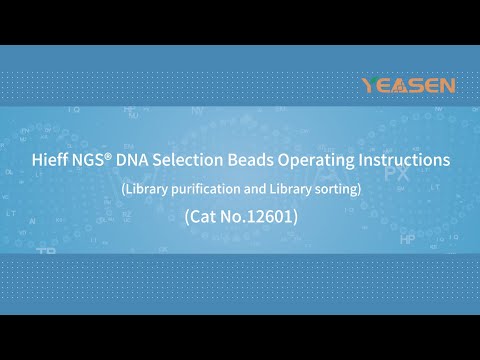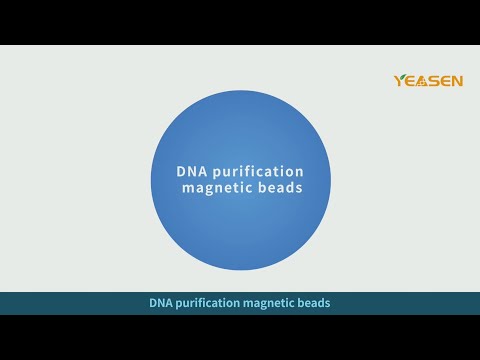Description
Hieff NGSTM DNA Selection Beads are magnetic beads based on the Solid Phase Reversible Immobilization (SPRI) principle, designed for DNA purification and size selection during next-generation sequencing (NGS) library preparation. The beads are compatible with a wide range of DNA and RNA library preparation kits.
Features
- Premium Quality: High-quality raw materials ensure excellent recovery rates and precise size selection.
- High Compatibility: Compatible with all major DNA and RNA library preparation kits.
- Batch Consistency: Strict quality control ensures stable and reliable lot-to-lot performance.
Specifications
|
Product Line |
DNA clean and selection Beads |
|
Starting Material |
DNA |
|
Compatibility |
DNA |
|
Isolation Technology |
Magnetic Bead |
|
Final Product Type |
DNA |
|
For Use With (Application) |
DNA clean up, DNA size slection |
Storage
This product should be stored at 2~8℃ for 18 months.
Figures
1.Workflow
Figure 1. The workflow of DNA size selection.
2.High purification recovery efficiency

Figure 1. The workflow of DNA size selection.
High-ratio DNA purification: Comparable DNA recovery efficiency observed across different brands of magnetic beads. Low-ratio DNA purification: Yeasen magnetic beads demonstrate higher DNA recovery efficiency.
3.Highly consistent size selection precision

Figure 3. Comparison of DNA bead separation performance. Consistent separation precision observed across different separation ratio conditions.
Documents:
Payment & Security
Your payment information is processed securely. We do not store credit card details nor have access to your credit card information.
Inquiry
You may also like
FAQ
The product is for research purposes only and is not intended for therapeutic or diagnostic use in humans or animals. Products and content are protected by patents, trademarks, and copyrights owned by Yeasen Biotechnology. Trademark symbols indicate the country of origin, not necessarily registration in all regions.
Certain applications may require additional third-party intellectual property rights.
Yeasen is dedicated to ethical science, believing our research should address critical questions while ensuring safety and ethical standards.





